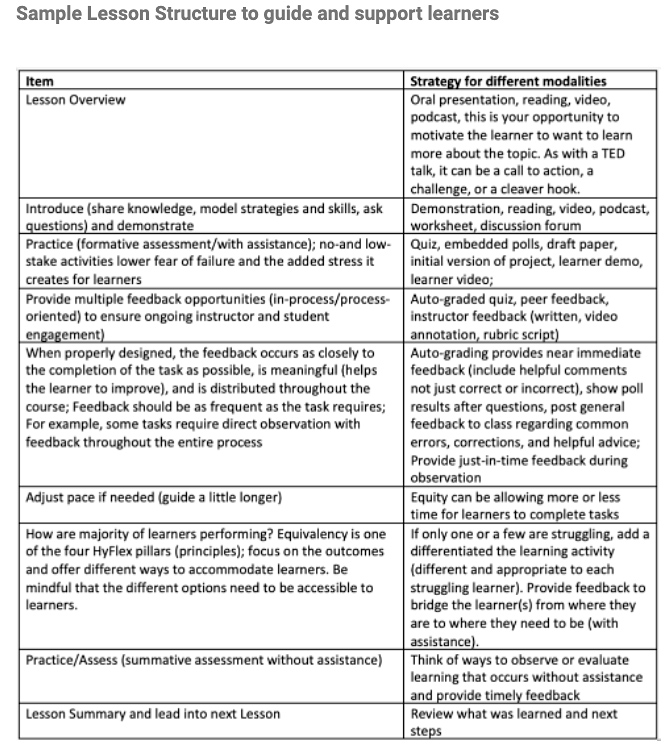How Can a University Help Your Leadership Development Program? — from learningsolutionsmag.com by Gaylen Paulson
Excerpt:
For L&D or HR departments, executive education offers a solution for upskilling employees and improving the effectiveness of company leaders. Programs are highly flexible and can target the development needs of a few individuals, a large project team, or a pipeline of future leaders. With additional flexibility on duration, location, and competency areas, executive education can deliver a range of solutions customized to your organization’s specific needs.
4 questions to ask when considering a leadership development program:
Also from learningsolutionsmag.com see:
How to Get Started with Chunking & Sequencing eLearning Design — from learningsolutionsmag.com by Madeleine MacDonald, Shweta Shukla, Lisa A. Giacumo
Also for Training / L&D Departments, see:
Using VR to enhance your DEI training — from chieflearningofficer.com by Scott Stachiw
Excerpt:
VR provides a vehicle with which several specific DEI issues can be dealt in particularly enlightening ways, such as:
- Unconscious bias.
- Microaggressions.
- Showing empathy.
- Acting as an ally.














